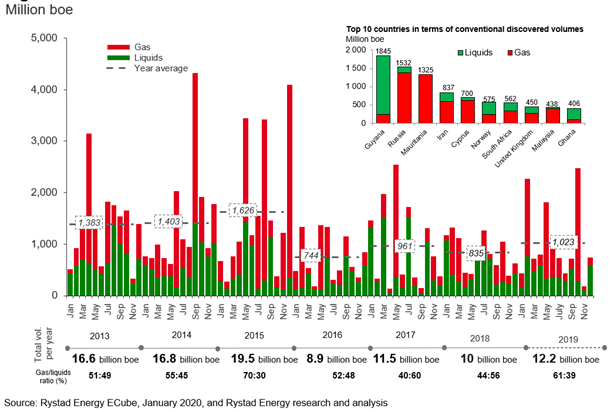Operated by ENI and partnered by TotalEnergies (50%), the Cronos-1 well is reported to have found up to 2.5 Tcf of gas in Block 6, which amounts to around 71 Bcm. This is a significant find, for instance if compared to the average North Sea gas find of around 7 Bcm or less. ENI describes the reservoir as having fair to excellent quality with a pay zone of 260 m.
The discovery is made at a critical time, with Total stating that it contributes to the energy security of Europe.
According to social media posts, the main reservoir is supposed to be a Cretaceous shallow marine limestone. These limestones were deposited on the margin of the Eratosthene platform to the south of the island of Cyprus, as shown by the blue line on the map above.
Before the discovery of the Zohr field in reefal Miocene carbonates a little further to the southeast, also on the Eratosthene platform, little was known about the area. As is described in this paper, the leading model was that of a deep-sea basin north of the Nile delta, which did not include any shallow marine deposits. This model was proven wrong once Zohr was discovered in 2015, followed by the discovery of Calypso, Glaucus and now Cronos.
The Eratosthene platform forms a large-scale anticlinal feature and an obvious shallow area on the sea floor, as can be seen on the map. Carbonate deposition is thought to have taken place on the platform from the Cretaceous to the Neogene, as the area was intermittently uplifted as a consequence of the collision between Africa and Europe.
Given that another exploration well is planned for Block 6, in which the Cronos discovery was made, there must be follow-up potential for the Eratosthene platform area.
HENK KOMBRINK


